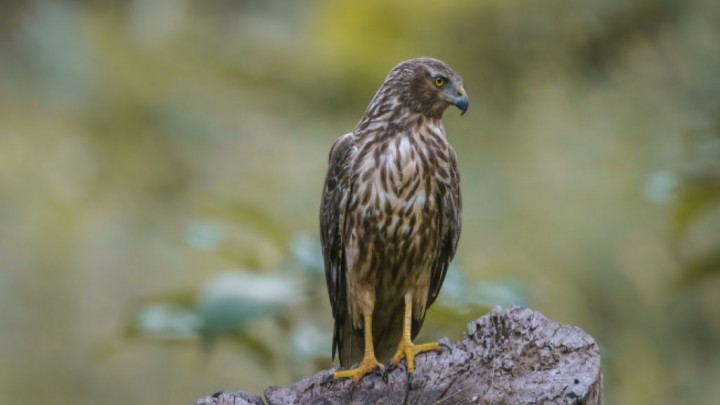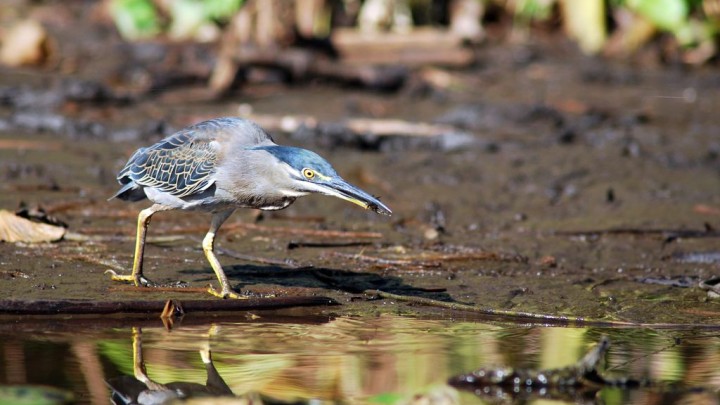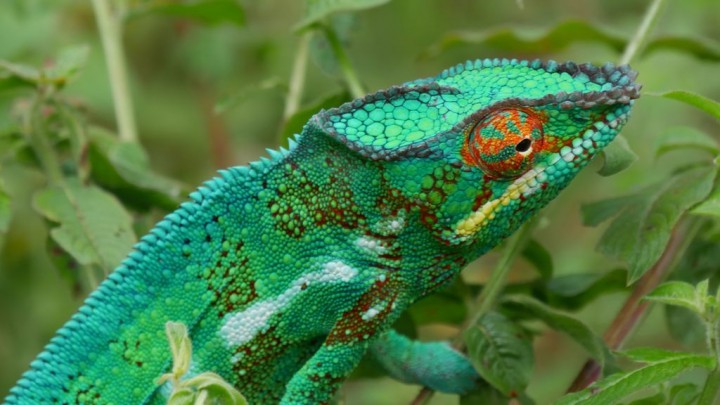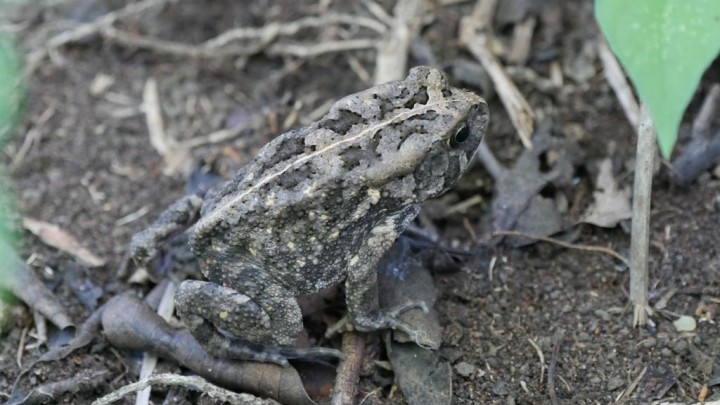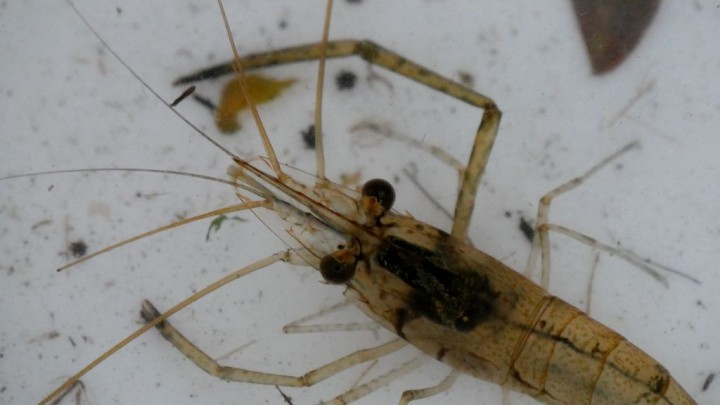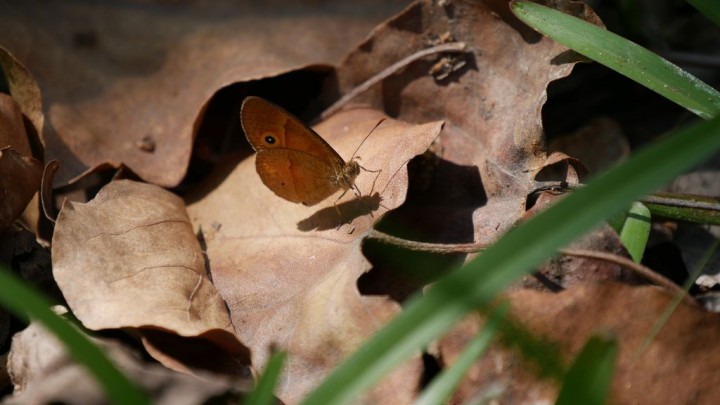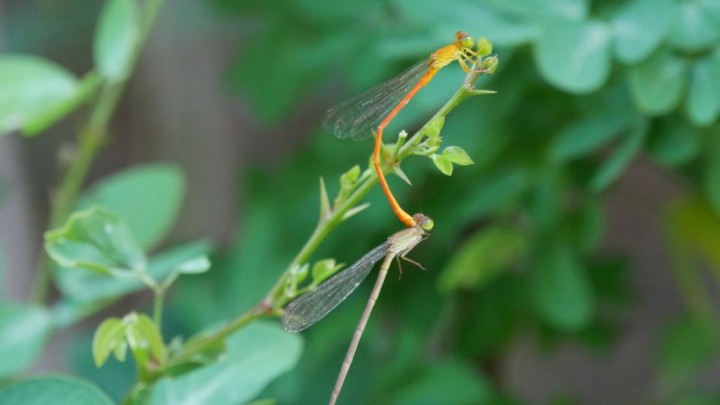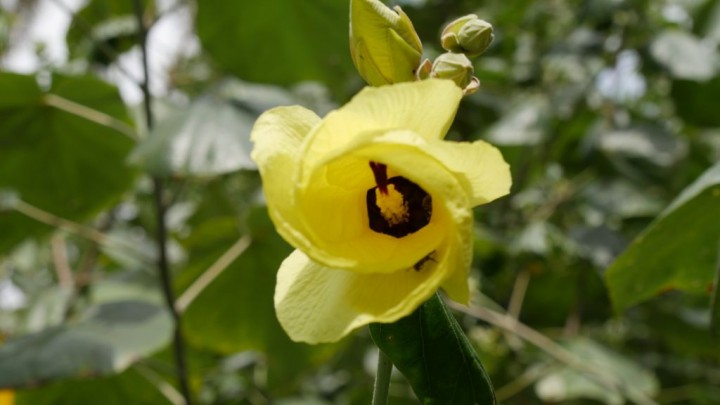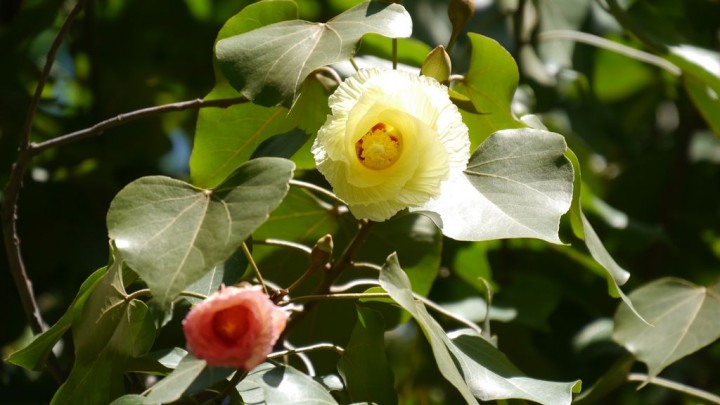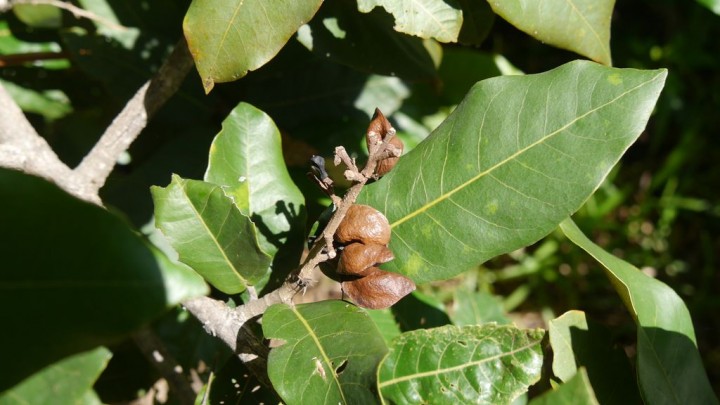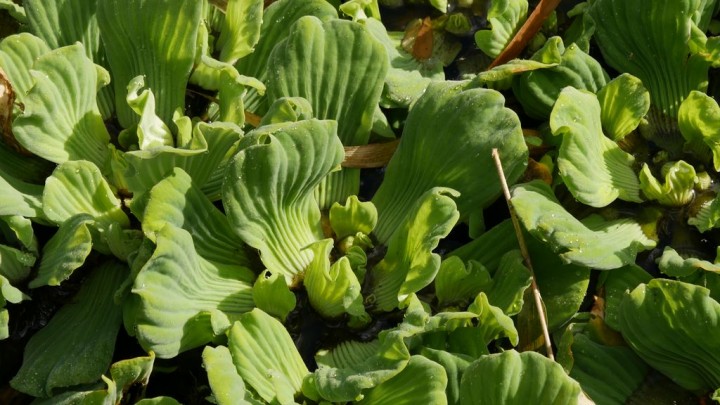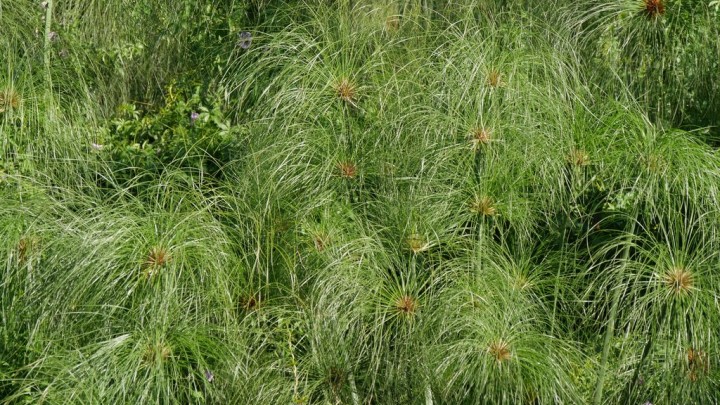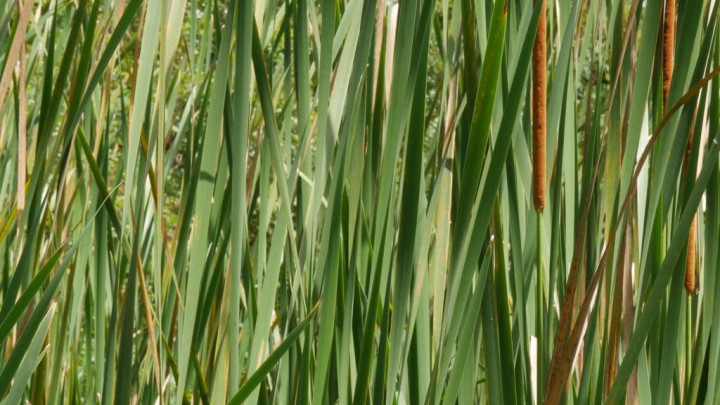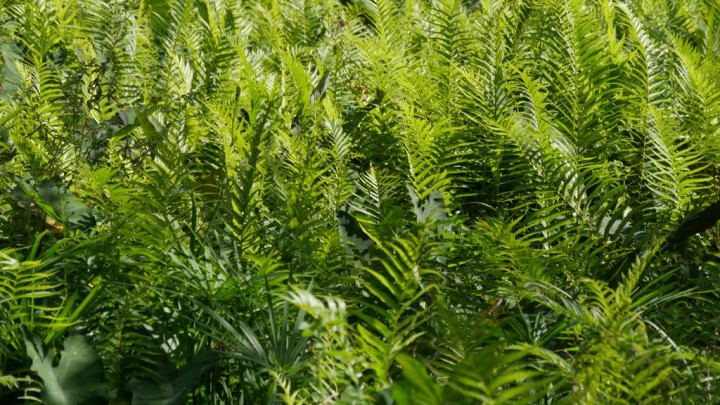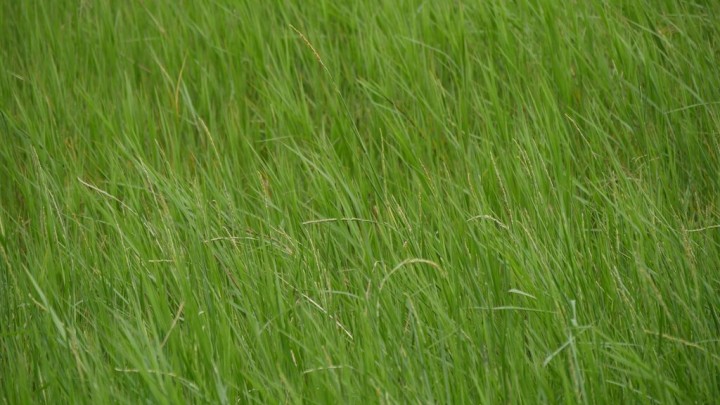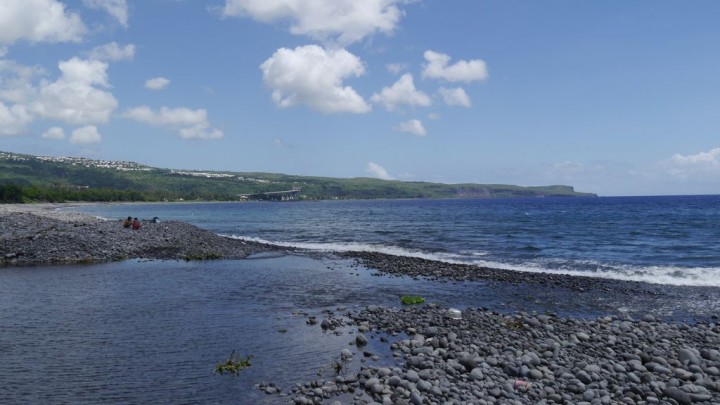Le patrimoine naturel de l’Etang Saint-Paul
Faune : les espèces remarquables
Près de 30% des espèces animales inventoriées au sein de la RNN Etang de Saint-Paul, présentent une valeur patrimoniale forte. Les principaux enjeux se situent au niveau des oiseaux, des poissons et macrocrustacés ainsi que des Insectes, plus particulièrement des lépidoptères et des Odonates.
Les oiseaux
L’avifaune de l'étang est bien connue (Blanchard, 1993 ; Barré et al., 1996). Un total de 25 espèces d'oiseaux est ainsi associé à la réserve.
Parmi ces 25 espèces recensées, 12 nichent sur le site, sept nichent à proximité et six espèces sont migratrices. Le site comprend 4 espèces endémiques d'une ou de plusieurs îles des Mascareignes dont 2 espèces ou sous-espèces endémiques de La Réunion (Circus maillardi et Zosterops borbonicus), 5 espèces indigènes et 12 espèces exotiques. Parmi les espèces nicheuses sur le site ou dans la zone, 8 espèces sont protégées.
Bien que La Réunion n’abrite pas réellement de population d’oiseaux limicoles migrateurs, des observations sont toutefois réalisées chaque année. Ainsi, 5 espèces de limicoles sont connues sur l’étang dont trois sont protégées à l’échelle nationale : Actitis hypoleucos (Scolopacidae), Chevalier guignette ; Calidris ferruginea (Scolopacidae), Bécasseau cocorli, visible d'août à janvier en groupes ; Charadrius leschenaultii leschenaultii (Charadriidae), le Gravelot de Leschenault.
Photos
Les reptiles
Trois espèces de reptiles introduits sont présentes sur la RNN Etang de Saint-Paul : l’Agame Calotes versicolor (Agamidae), le Caméléon panthère, aussi appelé endormi Chamaeleo pardalis (Chamaleonidae) et la couleuvre Lycodon aulicus (Colubridae) dont la mue est souvent accrochée sur l'écorce rugueuse des Badamiers.
Photos
Les batraciens
Deux espèces de batraciens sont présentes sur le site de l'étang : Le crapaud Bufo gutturalis (Bufonidae), introduit en 1927 pour lutter contre les moustiques et aujourd’hui très répandu dans l’île. La grenouille Ptychadena mascareniensis (Ranidae) introduite vers 1750 puis dispersée volontairement dans l'île (Hubert, 1881). Bien que présente à Madagascar, à Maurice et aux Seychelles, cette espèce a été décrite à partir de spécimens provenant de La Réunion, en méconnaissance de son aire de distribution, d'où l'attribution du nom d'espèce «mascareniensis». L'espèce est commune sur l'Etang de Saint-Paul, en particulier dans la prairie humide à Setaria geminata où elle trouve toutes les conditions nécessaires à son cycle de vie. Cette grenouille est peu commune à l'échelle de l'île, elle est une composante intéressante de l'étang.
Photos
Les poissons et macro-crustacés
La faune ichthyologique de l'étang comprend 19 espèces de poissons dont 3 espèces d’anguilles (4 sont présentes dans les eaux douces de La Réunion) et 3 espèces marines qui font des entrées occasionnelles dans l'étang (Caranx sp., Sardinella melanura et Monodactylus argenteus ; Valade et al., 2006).
Au total, 7 espèces de crustacés indigènes et une espèce exotique ont été inventoriées sur la réserve. Parmi celles-ci, 3 espèces indigènes sont classées VU sur la liste rouge IUCN (2010) : les deux chevaquines Caridina serratirostris et C. typus et la chevrette australe Machrobrachium australe.
Photos
Les insectes (papillons et odonates)
La Réunion comprend 512 espèces de papillons hétérocères, appelés également papillons de nuit. Particulièrement bien représentés sur le site de l'Etang de Saint-Paul, on en dénombre 228 espèces soit 43% des espèces connues sur l'île.
Les espèces de papillons rhopalocères dit « papillon de jours » sont bien représentées avec 15 espèces recensées sur le site de l'étang. Parmi ces espèces, trois sont endémiques et présentent une forte valeur patrimoniale : Euploea goudotii (Danaidae), Neptis dumetorum (Nymphalidae) et Papilio phorbantha (Papilionidae), espèce protégée. Toutes les autres espèces présentes sur la réserve naturelle sont indigènes, et présentent une valeur patrimoniale.
Sur le site de l'Etang de Saint-Paul, Guillermet et Couteyen (1996) recensent quatre espèces de Zygoptera (Demoiselles) et huit espèces d’Anisoptera (Libellules). Ainsi, parmi les Coenagrionidea, Agriocnemis exilis qui fréquente les étangs littoraux est maintenant peu commun alors qu'il était relativement abondant il y a quelques années (Martiré, 2010). Selon cet auteur, Pseudagrion punctum est une espèce menacée car sensible aux pollutions alors que l'espèce Ceriagrion glabrum est plus rustique vis-à-vis de la qualité des eaux et reste relativement abondante. Toujours parmi les Zygoptera, Ischnura senegalensis est également bien représentée sur l'étang de Saint-Paul. Parmi les Anisoptera, Anax imperator mauricianus est le seul Aeshnidae recensé sur l'étang, il est commun sans être abondant. Parmi les Libellulidae, Tramea limbata est « ...très commune dans tous les milieux aquatiques ensoleillés de basse altitude... » (Martiré, 2010). L'espèce Diplacodes lefebvrii est commune sur l'étang sans être abondante. De même, Pentala flavescens est signalée comme très commune à La Réunion (Martiré, 2010).
Photos
L'atlas des habitats remarquables de la RNN Etang Saint-Paul
La présente carte est en cours d'actualisation. Les groupements végétaux manquants sont en cours d'intégration à la carte ci-dessous.
Flore : les habitats remarquables
Les forêts résiduelles halophiles ou submangroves
En aval de l’Etang Saint-Paul, derrière le cordon dunaire s’est constitué des formations boisées halophiles, parfois qualifiées de « submangroves ». Ne subissant pas les effets de la marée, ces formations se développent là où la nappe d’eau est chargée en sels, sur des substats atterris.
Deux espèces végétales remarquables composent cet habitat : l’Hibiscus tiliaceus, appelé var ou mova, ainsi que le Thespesia populnea et Thespesia populneoides dit porcher pour les deux espèces. Ils s’accompagnent également du Bois malgache (Dendrolobium umbellatum) et du Toto Margot ou Bois de table (Heritiera littoralis).
Photos
La végétation aquatique
Située à proximité de la zone d’eau libre et de la typhaie, la végétation aquatique actuelle est composée d’espèces exotiques (introduites par l’homme à partir de la colonisation). Le premier ensemble est constitué d’espèces enracinées telle la persicaire (Persicaria senegalensis). Le second ensemble est constitué d’espèces dont le système racinaire ne s’enracine pas sur le fond comme la laitue d’eau (Pistia stratiotes), la jacinthe d’eau (Eicchornia crassipes) et la lentille d’eau (Lemna aequinoctialis).
Photos
Les roselières et les végétations subaquatiques
En raison de la faible profondeur de l’eau et à proximité des berges, des espèces subaquatiques vont permettre le colmatage des espaces aquatiques. Ainsi les différences de hauteurs d’eau et le phénomène de compétition entre les espèces vont permettre l’apparition de différents habitats caractérisés par la prédominance d’une espèce à forte capacité de multiplication. Le groupement à Songe et Persicaire, la papyraie, la typhaie et la roselière atterrie à Herbe à bourrique constituent ces quatre habitats.
Photos
Les prairies
Il existe deux types de prairies toutes rares à La Réunion : l’une est installée au cœur de la zone marécageuse là où les eaux sont peu profonde et/ou les sols sont saturés. D’une surface de 110 hectares, elle est constituée par un habitat original et rare à la Réunion : l’habitat à Cyclosorus interruptus et Eleocaris dulcis. Les deux espèces caractéristiques de ce groupement présentent une distribution paléotropicale, et pourraient être associées ailleurs dans des conditions similaires ; cependant l’insuffisance de données empêche de préciser la chorologie du groupement. Ce groupement ne recèle que peu d’espèces floristiques. Cependant, l’indigénat de Cyclosorus interruptus ainsi que le potentiel de ce groupement en tant qu’habitat d’espèces faunistique porte à évaluer ce groupement comme relativement important.
La deuxième prairie, rare dans les Mascareignes et située derrière l’ancienne usine de Savanna, la prairie humide s’est installée en bordure des espaces aquatiques. Espace autrefois utilisée par l’agriculture, comme l’atteste d’anciens drains ou couloir d’irrigation, la prairie humide se caractérise par des sols souvent gorgés ou inondés en raison de sa proximité avec la nappe phréatique, la prairie humide connait régulièrement des phases de dessèchement. Plusieurs espèces de cypéracées sont présentes (Cyperus articulatus, cyperus corymbosus) ainsi que l’Herbe à riz (Setaria geminata) accompagné par le Chiendent (Cynodon dactylon). Cet espace est favorable aux les espèces limicoles, les becs roses et les papangues. De nombreux insectes et araignées tel que l’Argiope trifasciata y sont également présents.
Photos
Les paysages remarquables
L’Etang Saint-Paul est située au cœur de 4 grands paysages.
A l’Ouest, l’Océan Indien et le cordon dunaire, formé de sable et de galets. Au Sud les falaises du cap Lahoussaye identifiable par la savane. A l’Est, la planèze du Grand Bénare, sillonnée de nombreuses ravines et où sont installés les quartiers de Bellemène Saint-Paul, Bois de Nèfles. Au Nord, les restes de la coule conglomératique débordant du lit de la rivière des Galets, ou sont installés la Plaine Saint-Paul, le Grand Pourpier et le Piton Defaut.
Photos
